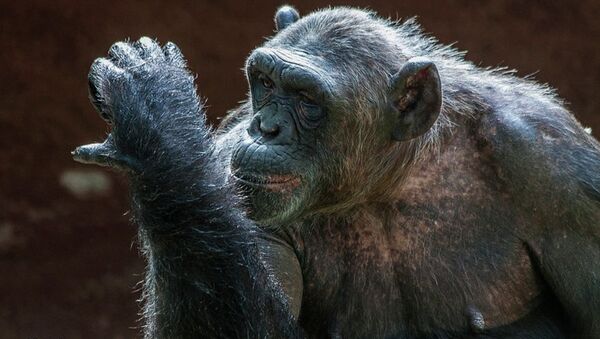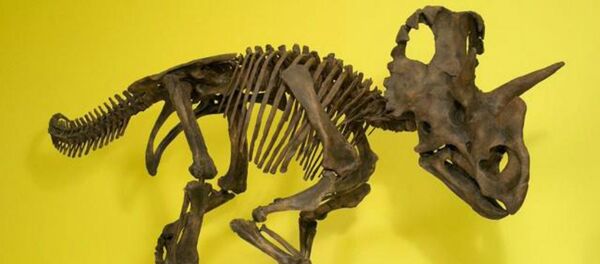Casting aside a self-centric human tendency to disregard other species as less evolved, Sergio Almécija, a scientist at the university's Center for the Advanced Study of Human Paleobiology, and his team conducted an astonishing study published in the Nature Communications journal.
If this one part of the human body doesn't show much difference from our early ancestors, the hands of chimps and orangutans have evidently evolved much more: the other Great Apes have developed longer fingers, compared to the thumb that just meets up with the palm.
Until now, paleontologists assumed that the last common ancestor of humans and chimpanzees was a prototype chimp with "flawed" chimp-like hands. But recent analyses of the hand-length proportions of living and extinct humans and apes, conducted by Almécija's team, throws humans off the top branch of the evolutionary tree.
"Any evolutionary model of human hand evolution assuming a chimpanzee-like ancestor will likely be flawed from the beginning," Almecija told AFP.
As human hand structure — primarily our opposable thumbs that facilitate any kind of work — has been long taken for granted as that which gave our species an evolutionary advantage, this new picture of evolution, drawn by the controversial study, raises provocative questions like whether those assumptions are true.



